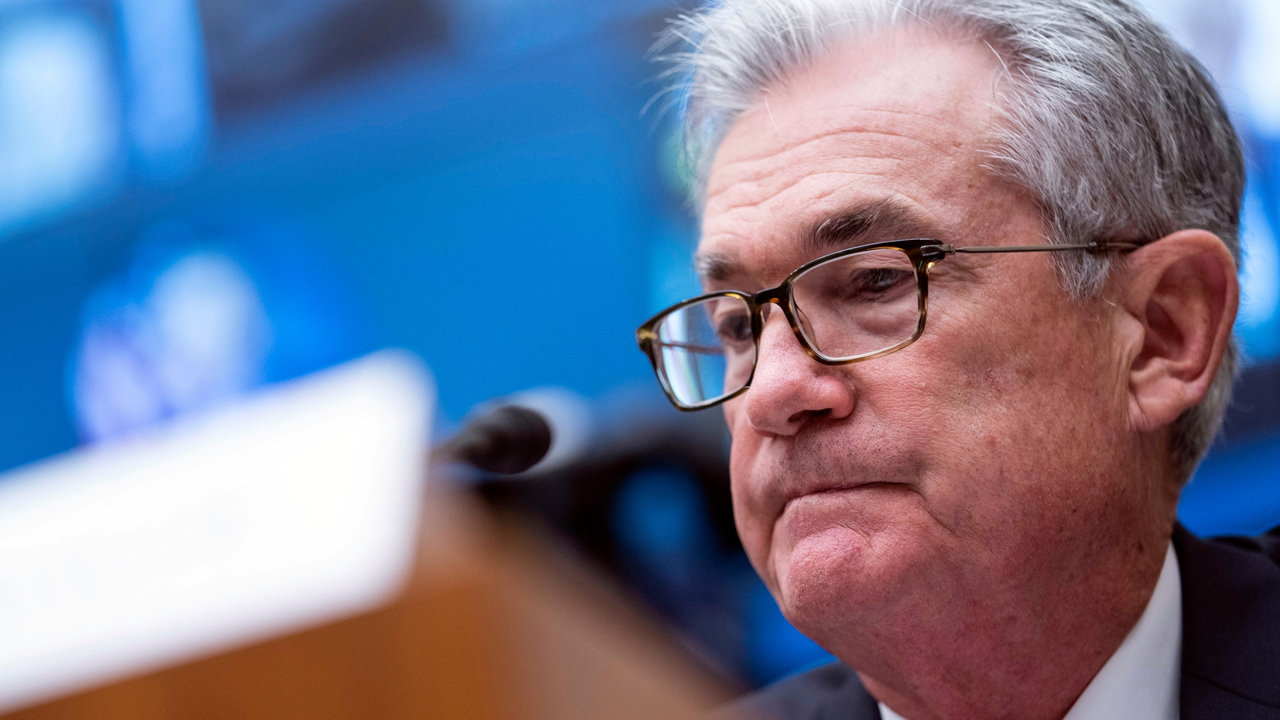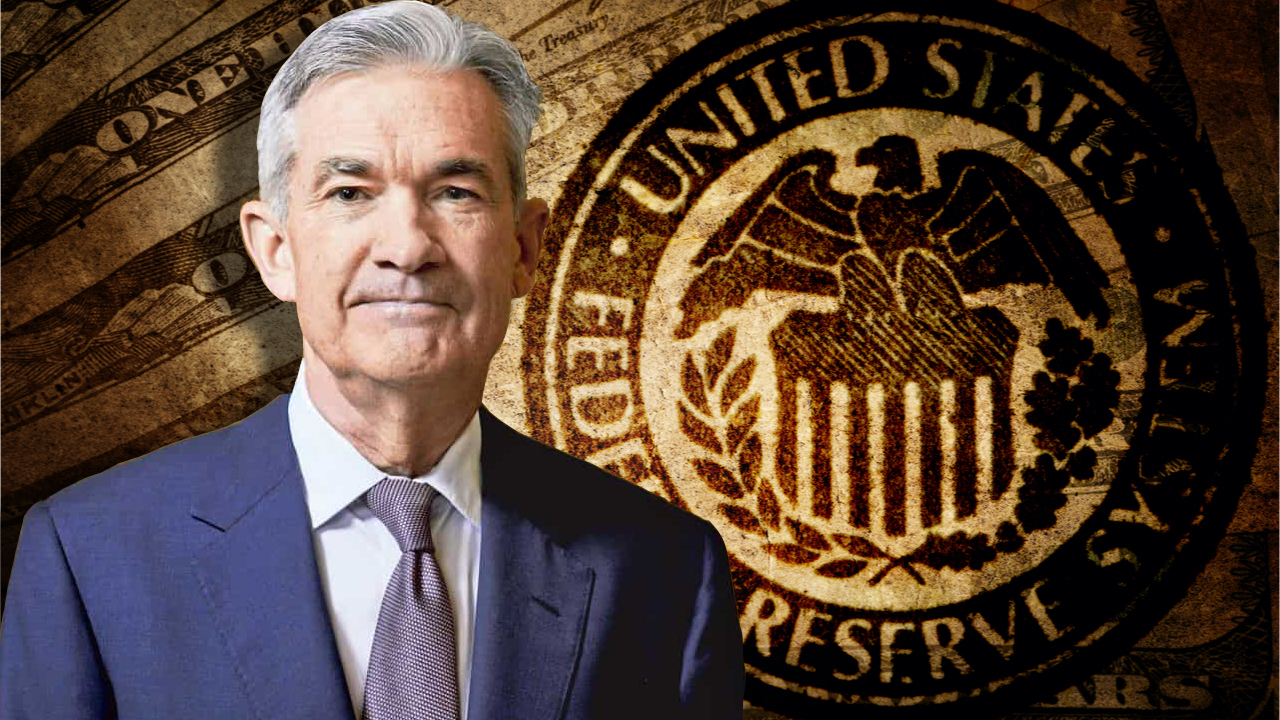
Bitcoin's correlation with stocks has risen to alarming levels, according to some market analysts.
Bitcoin (BTC) prices could drop by 20% in the next few months, but that has not deterred its richest investors from stacking.
The amount of Bitcoin held by "unique entities" with a balance of at least 1,000 BTC, or so-called "whales," has increased to its best levels since September 2021, data on Glassnode shows.
Interestingly, the number in the past week grew despite Bitcoin's price decline from $43,000 to around $38,000.

Marcus Sotiriou, an analyst at GlobalBlock, a U.K.-based digital asset broker, considered the latest spike in Bitcoin whale holdings as a bullish indicator, recalling a similar move in September 2021 that preceded a BTC price rally to $69,000 all-time highs in November 2021.
"As whales have a substantial impact on the market, this metric is an important one to take note of," he said.
Bitcoin risks further declines
Bitcoin's price has fallen from $69,000 in November last year to almost $40,000 in late April 2022, driven lower primarily due to Federal Reserve's decision to aggressively hike interest rates and unwind its quantitative easing program to tame inflation.
Interestingly, Bitcoin's fall has mirrored similar downside moves in the U.S. equity market, with its correlation with the tech-heavy Nasdaq Composite reaching 0.99 in mid-April. An efficiency reading of 1 shows that the two assets have been moving in perfect tandem.

"You should think about this high correlation as a gravitational field pulling on Bitcoin’s price," says Nick, analyst at data resource Ecoinometrics. He adds:
"If the Fed nukes the stock market into a black hole, don’t expect Bitcoin to escape a major crash."
Technicals agree with depressive fundamental indicators. Notably, Bitcoin has been breaking down from a "bear flag" pattern and risks undergoing further price declines in the coming months, as illustrated in the chart below.

The bear flag's downside target sits below $33,000.
Meanwhile, Brett Sifling, an investment advisor for Gerber Kawasaki Wealth & Investment Management, says that a break below $30,000 would open the door for a crash to as low as $20,000.
All eyes on the Fed
Sotiriou remains long-term bullish on Bitcoin, noting that the contraction in the U.S. gross domestic product (GDP) by 1.4% in Q1/2022 may prompt the Fed to become less hawkish to avoid a recession.
"As long as we see these macro headwinds persist, I think the correlation to the Nasdaq will continue," the analyst told Cointelegraph.
"However, the longer this consolidation continues, the bigger the expansion will be when the Fed reverses course from hawkish to dovish."
Bitcoin's "asymmetric returns" potential
Meanwhile, Nick believes that Bitcoin will recover faster than U.S. equities after the next large market drop.
Related: BTC and ETH will break all-time highs in 2022 — Celsius CEO
The analyst explained by pitting the size and duration of BTC's drawdowns — a correction period between two consecutive all-time highs — against tech stocks, including Netflix, Meta, Apple and others.
Notably, Bitcoin recovered faster than the given U.S. equities every time.

Excerpts:
"Bitcoin doesn’t look much different than your typical stock investment. So don’t worry too much about volatility and focus instead on long-term growth potential. Those betting on asymmetric returns shall be rewarded in time."
The views and opinions expressed here are solely those of the author and do not necessarily reflect the views of Cointelegraph.com. Every investment and trading move involves risk, you should conduct your own research when making a decision.































